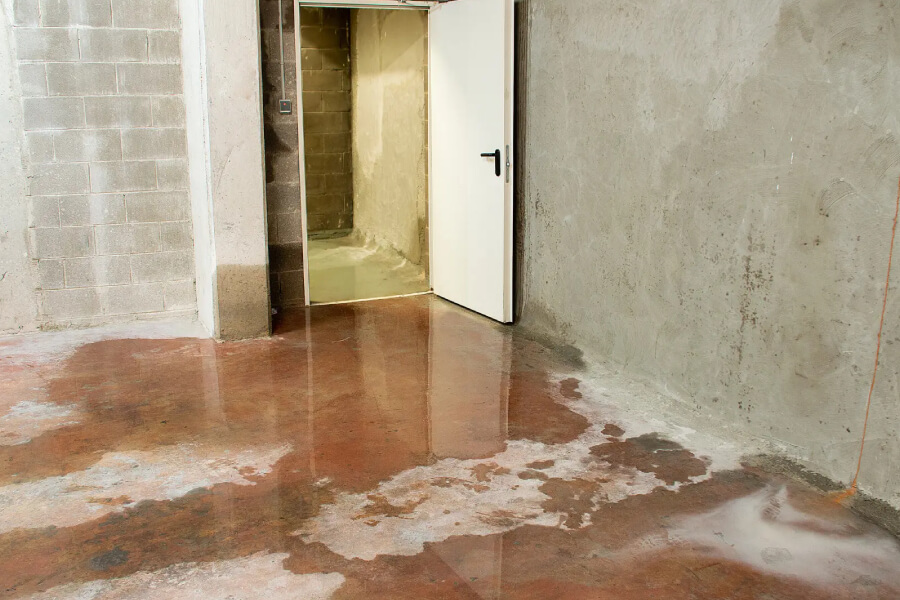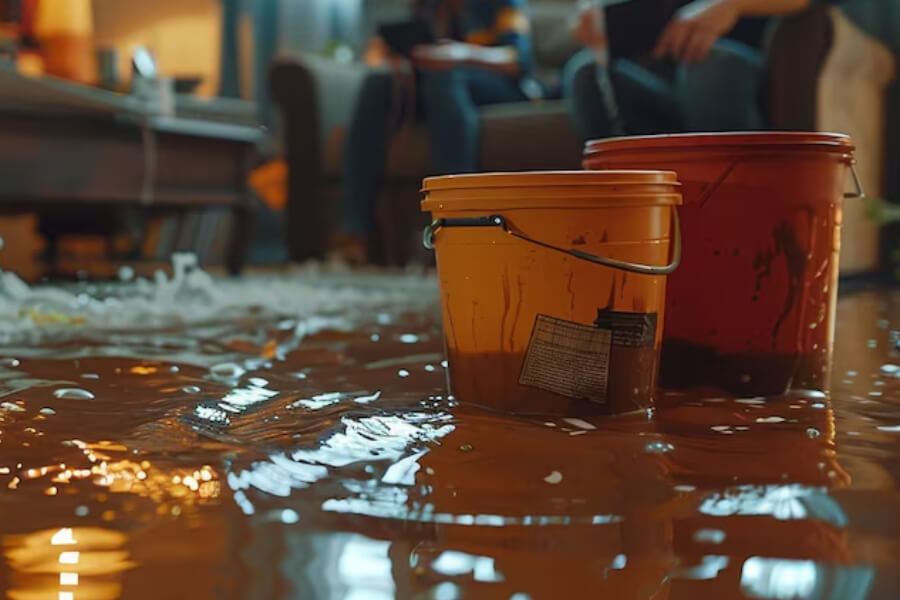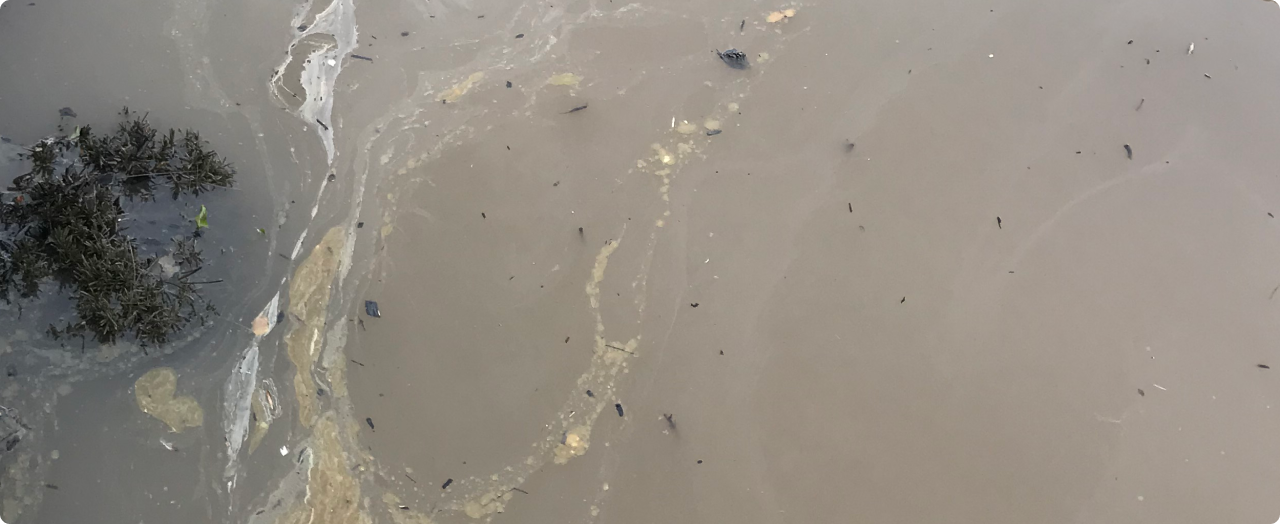Water damage isn’t something you can afford to ignore, even if it seems minor at first. A small leak or a bit of dampness might not seem like a big deal, but it can lead to much bigger problems down the line, especially when it comes to your home’s structure. Water damage restoration isn’t just about cleaning up a mess—it’s about making sure your home stays safe and sound.
When water gets into your home, it doesn’t just stay on the surface. It can seep into the walls, floors, and even the foundation. Your foundation is one of the most important parts of your house because it supports everything else. If water damage compromises it, you could be in for a whole world of trouble. Cracks can form, and those cracks can let in even more water, creating a cycle that only gets worse with time.
The problem with water damage is that it’s often hidden. You might see a water stain on the ceiling or a bit of dampness on the floor, but what’s happening behind the scenes can be much more serious. Water can get trapped in places you can’t see, like inside the walls or under the flooring. Over time, this trapped water can cause the wood to rot, weaken the structure, and even lead to mold growth.
Mold is a whole other issue that comes with its own set of problems. Not only can it cause health issues, but it can also weaken the materials in your home. If left unchecked, mold can spread quickly, affecting larger areas and making the restoration process even more difficult and costly. That’s why it’s so important to deal with water damage as soon as it happens.
One of the key steps in water damage restoration is drying out the affected areas. This isn’t as simple as just airing things out. Depending on the extent of the damage, you might need industrial-grade fans, dehumidifiers, and even heat treatments to get rid of all the moisture. It’s a process that requires attention to detail because even a little bit of leftover moisture can lead to big problems later on.
But drying out your home is just the beginning. Once the water is gone, it’s time to assess the damage and make any necessary repairs. This could involve anything from replacing drywall to reinforcing parts of the foundation. The goal is to restore your home to its pre-damaged condition or better. It’s about making sure your home is safe, secure, and able to withstand the elements in the future.
It’s also important to consider the long-term effects of water damage. Even after the immediate damage has been repaired, there’s still the potential for issues to arise later on. For example, if water has weakened the foundation, it could lead to shifting or settling that can cause cracks in the walls or floors. These issues might not show up right away, but they can become serious problems if left unaddressed.
That’s why it’s a good idea to work with a water damage restoration company near me that understands the full scope of water damage and can provide comprehensive solutions. They’ll be able to identify all the areas that need attention, from the obvious damage to the hidden issues, and make sure everything is properly repaired. This way, you can have peace of mind knowing that your home is truly safe and secure.
In the end, water damage restoration isn’t just about fixing what’s broken. It’s about protecting your home’s structure and ensuring its long-term stability. By taking the right steps now, you can prevent more serious issues down the line and keep your home in great condition for years to come.





